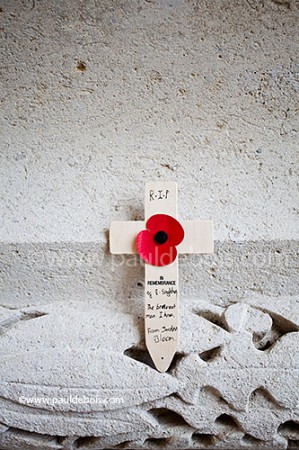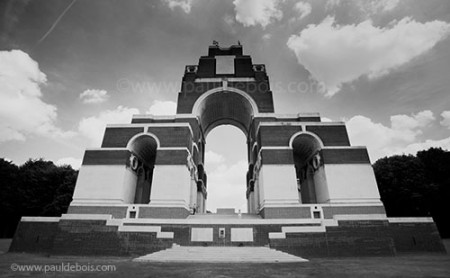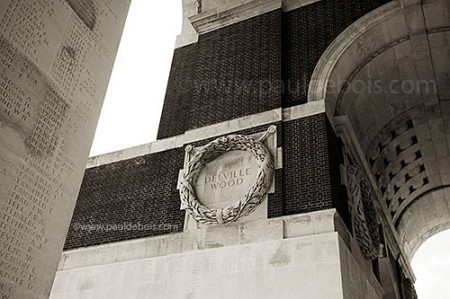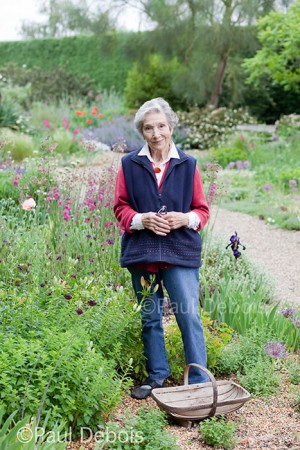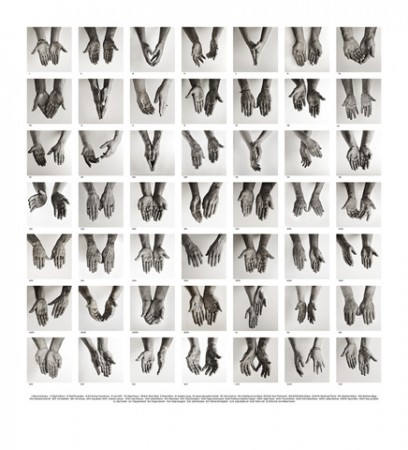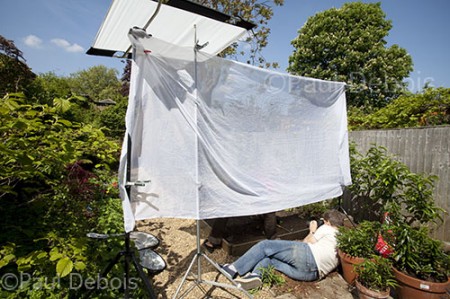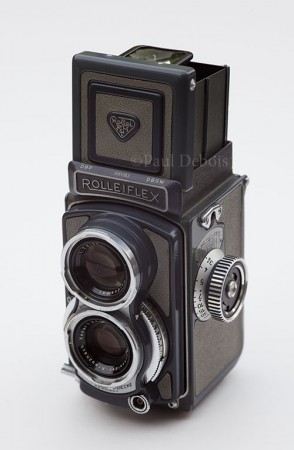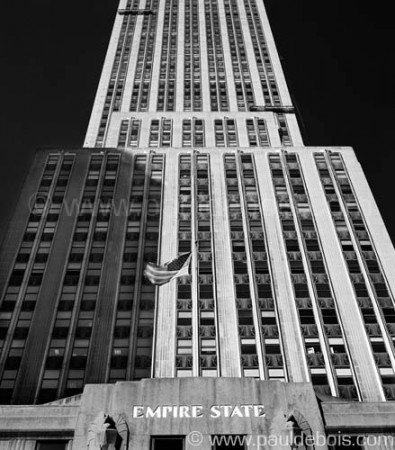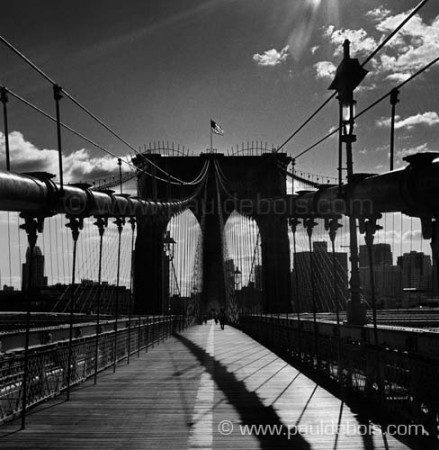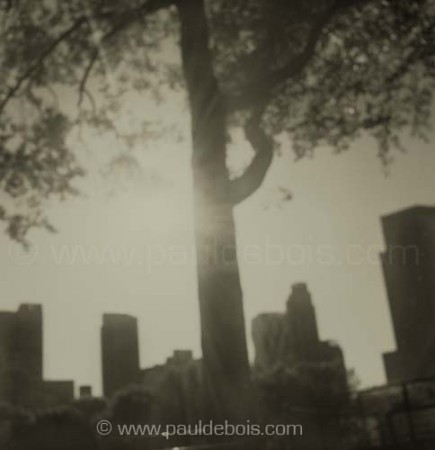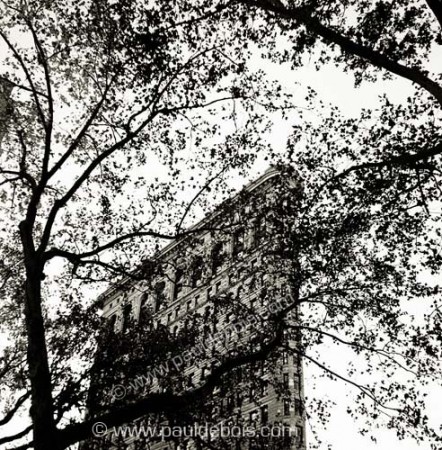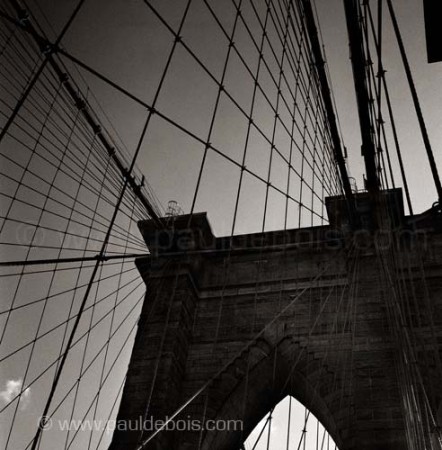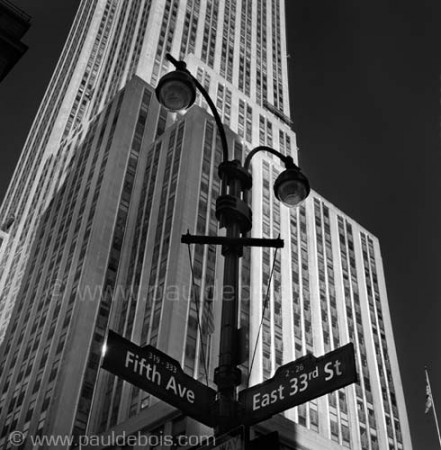Two days ago I had the opportunity to visit the Somme region in Northern France whilst on an assignment. I have driven past the area countless times on car shoots, but this time I made a particular point of stopping and visiting some of the World War One cemeteries.
The most moving was at Thiepval, which is the site of the largest British war memorial in the world. Designed by Sir Edwin Lutyens and opened in 1932 by the Prince of Wales, you can see inscribed the names of the 73,357 British and South African men who fell at the Somme and have no known grave.
It had a real sense of calm, and judging by the reactions of the people visiting, it still has great significance. Whilst walking around, reading the names, I found a wooden cross with a dedication written by a child. It said, “In remembrance of E. Singleton, the bravest man I know.” This really touched me. Even after nearly one hundred years, new generations are still identifying with the waste of life that has become indelibly linked to the Battle of the Somme.
After several Google searches I couldn’t find an obvious identification for E. Singleton, but would be intrigued to find out more.

